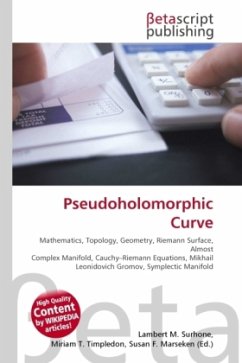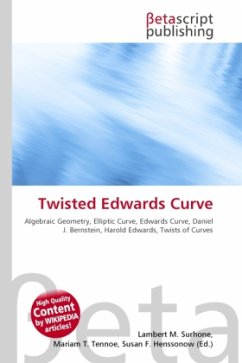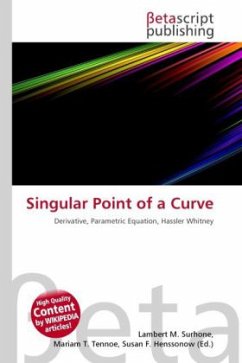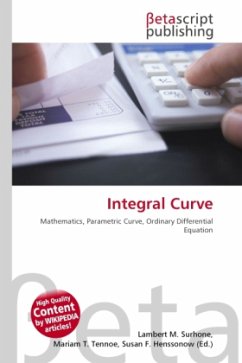High Quality Content by WIKIPEDIA articles! This solution was later used to attack the problem of the brachistochrone curve. Jakob Bernoulli solved the problem using calculus in a paper (Acta Eruditorum, 1690) that saw the first published use of the term integral. The tautochrone problem was studied more closely when it was realized that a pendulum, which follows a circular path, was not isochronous and thus his pendulum clock would keep different time depending on how far the pendulum swung. After determining the correct path, Christiaan Huygens attempted to create pendulum clocks that used a string to suspend the bob and curb cheeks near the top of the string to change the path to the tautochrone curve. These attempts proved to not be useful for a number of reasons. First, the bending of the string causes friction, changing the timing, Second, there were much more significant sources of timing errors that overwhelmed any theoretical improvements that traveling on the tautochrone curve helps. Finally, the "circular error" of a pendulum decreases as length of the swing decreases, so better clock escapements could greatly reduce this source of inaccuracy.
Bitte wählen Sie Ihr Anliegen aus.
Rechnungen
Retourenschein anfordern
Bestellstatus
Storno








